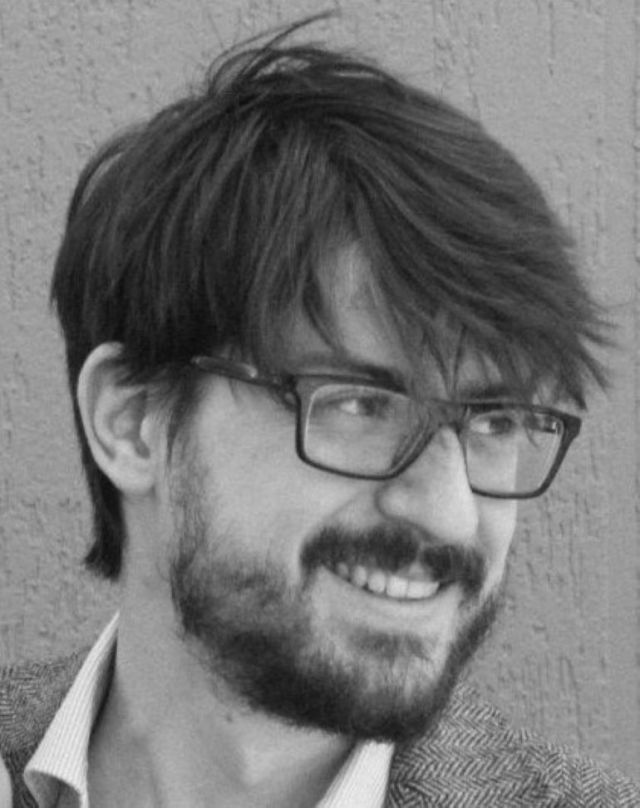CPOS Seminar: Exploring the potential of plastic electronics in microwave applications

Speaker: Giorgio E. Bonacchini, PhD – Printed and Molecular Electronics, Istituto Italiano di Tecnologia
Abstract: Scarcely two decades have passed since the Nobel Prize in Chemistry was awarded for the discovery of polymer (semi)conductors, and organic electronic materials are now the key enablers of a large and diverse set of developing technologies. Energy harvesting devices, flexible and printed circuitry, optoelectronic and electro-mechanical actuators are just some of the recognized applications of organic semiconductors, with new fields emerging continuously, as in the case of organic bioelectronics and organic neuromorphic devices[1–3]. Interestingly, despite the extensive research conducted on this class of materials and devices, their use in microwave applications has been comparatively scarce. Indeed, organic electronics is generally considered “slow” with respect to other semiconductor technologies – although focused efforts are being dedicated to challenge this view[4,5]. In this talk, I will introduce a new device configuration where organic transistors actively tune microwave metasurfaces and metamaterial-inspired resonant structures[6,7]. These reconfigurable devices probe the potential of organic electronic materials in a yet unexplored – and possibly unexpected – operating regime, while setting the foundations for a new family of wireless technologies with unique functionalities, scalability and environmental sustainability.
References:
[1] X. Guo, A. Facchetti, Nat. Mater. 2020, 19, 922.
[2] D. Ohayon, S. Inal, Adv. Mater. 2020, 2001439.
[3] Y. Van De Burgt, A. Melianas, S. T. Keene, G. Malliaras, A. Salleo, Nat. Electron. 2018, 1, 386.
[4] U. Zschieschang, J. W. Borchert, M. Giorgio, M. Caironi, F. Letzkus, J. N. Burghartz, U. Waizmann, J. Weis, S. Ludwigs, H. Klauk, Adv. Funct. Mater. 2020, 30, 1903812.
[5] A. Perinot, B. Passarella, M. Giorgio, M. Caironi, Adv. Funct. Mater. 2020, 30, 1907641.
[6] G. E. Bonacchini, F. G. Omenetto, Nat. Electron. 2021, 4, 424.
[7] S. T. M. Tan, A. Giovannitti, A. Marks, M. Moser, T. J. Quill, I. McCulloch, A. Salleo, G. E. Bonacchini, Adv. Mater. 2022, 34, 2202994.
Bio : Born in Verona in 1989, he completed a BSc in Electronics Engineering, followed by a MSc in Nuclear Engineering, both at Politecnico di Milano. In 2018, he earned his PhD under the supervision of Dr. Mario Caironi and Prof. Guglielmo Lanzani at the Center for Nano Science and Technology of the Istituto Italiano di Tecnologia. His research activities focused on the investigation of the electronic transport properties of exotic materials, on the realization of printed edible electronic devices, and on cell-sensing platforms based on carbon nanotubes. After his PhD, he joined the Silklab at Tufts University, where he first demonstrated a novel microwave metadevice tuning strategy based on organic electrochemical transistors, as well as investigated mass-scalable deposition techniques for silk-based functional inks. In July 2020, he joined the Salleo Group at Stanford University as a Marie Skłodowska-Curie Actions Global Fellow, where he focused on the realization of untethered biosensing platforms based on tunable microwave systems. He is now a Researcher in the Printed and Molecular Electronics group of the Istituto Italiano di Tecnologia, where he is continuing his work on tunable microwave photonics and metadevices based on organic electronic materials.